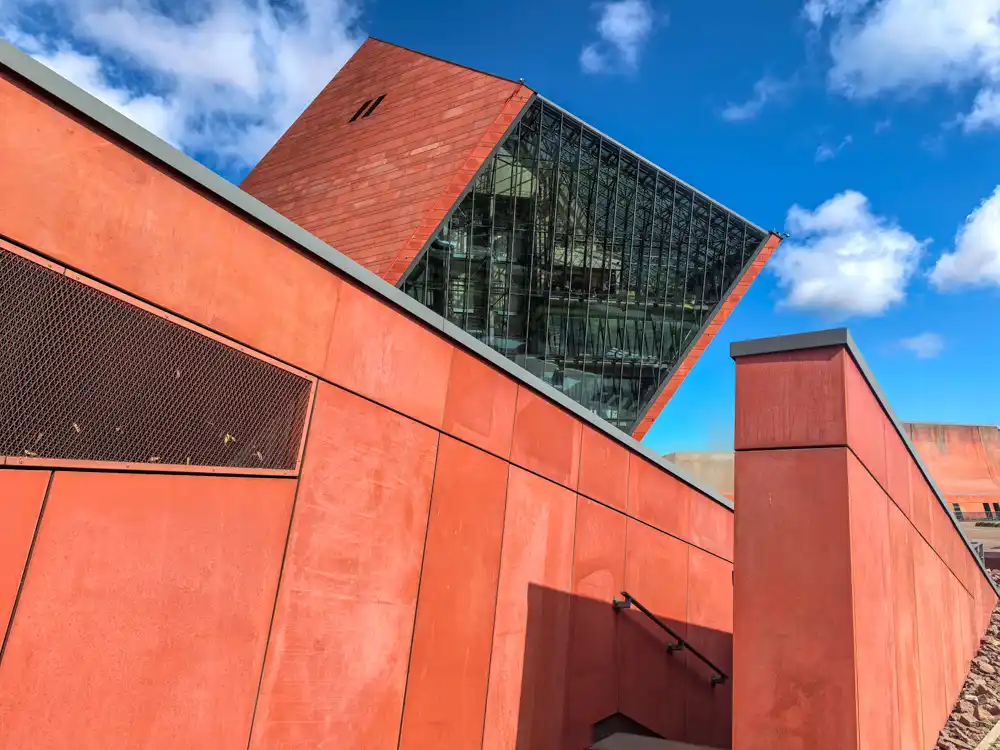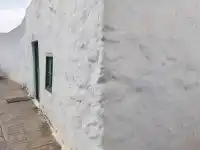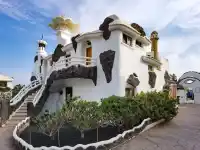Or how we descended into darkness and walked back into the light. What do they have in common? From a distance, it’s the architecture that hits you first — striking, absolutely original. Two mega museums in Gdańsk. One about World War II. The other about the Solidarity movement. And you start to wonder: are these really museums?
Descent and Ascent
“It’s strange,” Johny said: “The war museum is underground, while Solidarity overlooks the city.”
He was right. The first took us down. The second lifted us up.
In a single day, we went from underground corridors filled with darkness, death, explosions, and gunfire, to a space flooded with light, where hope juts out from walls of rusted steel.
Two museums. Two experiences. And between them — you. A person suddenly aware of everything that had to happen so you can casually stroll along the waterfront with a coffee in hand.
Museum of the Second World War

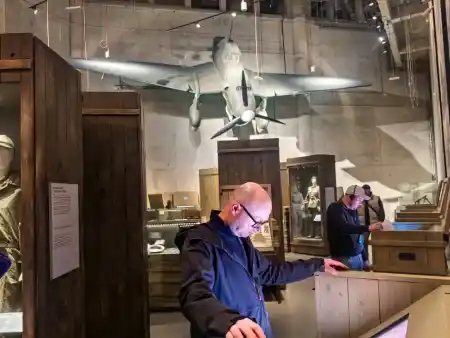
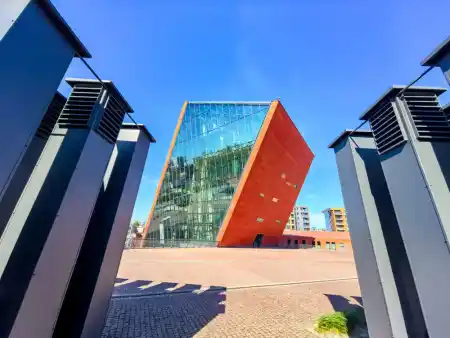

Or: When the world broke.
If Gdańsk has a scar, it’s Westerplatte — the place where WWII began on September 1st, 1939. That day, Hitler invaded Poland. Twelve days later, Stalin joined in, attacking from the east. If Gdańsk has a memory of war, it’s the Muzeum II Wojny Światowej.
Even the building itself looks like a slanted tombstone of the future, jutting from the earth in red, angular defiance. You enter and descend into the ground. With each step downward, your breathing changes.
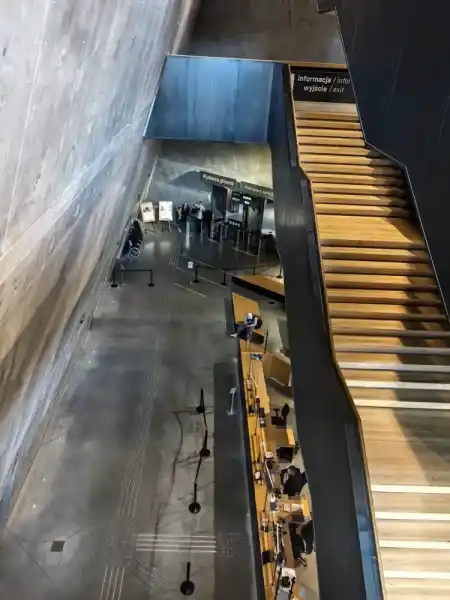
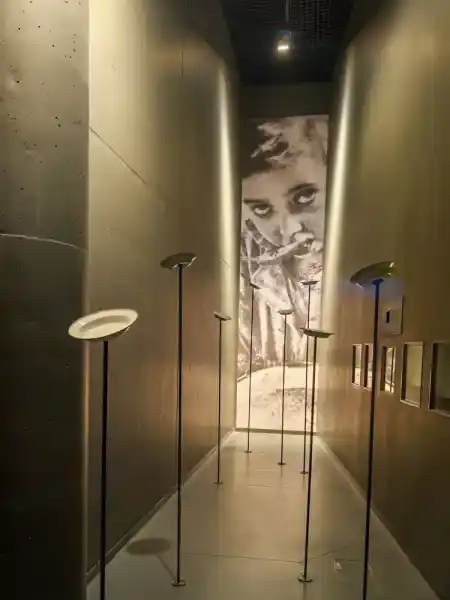
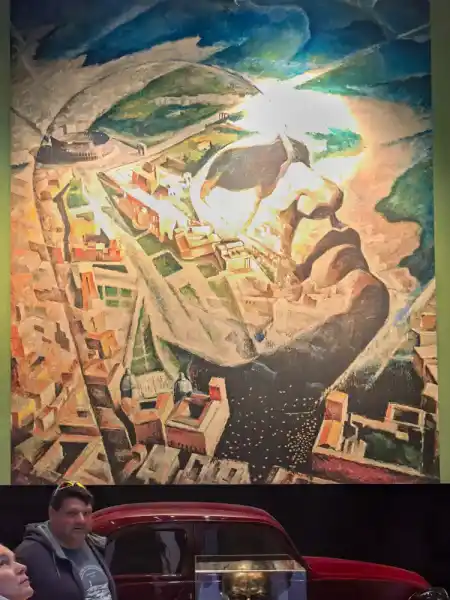
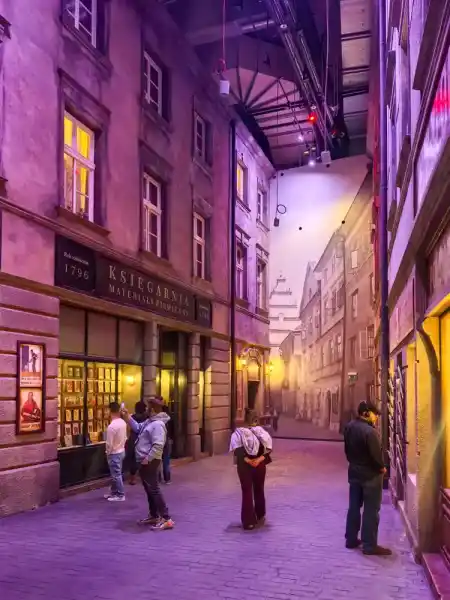
This isn’t your usual museum — no endless glass cases with helmets. Instead, you step into reconstructions of streets, apartments, trenches, shopfronts, trains, and prison cells.
Sound. Light. Smell.
Suddenly, you’re in Gdańsk in 1939, then in the ruins of Warsaw, then in the Nuremberg trials. And it goes on. It hurts.
“That was intense. Like Auschwitz,” Johny said quietly as we climbed back into daylight.
For once, he didn’t immediately look for a restroom or a restaurant. That’s rare.

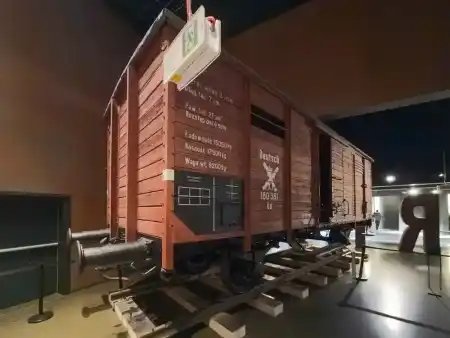
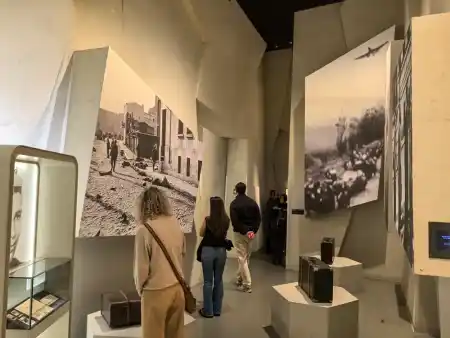

European Solidarity Centre
If the war museum speaks of a collapse, Solidarity speaks of a different kind of break — the kind where people stand up and say “enough.”
Again, the architecture stands out. The building looks like a split-open ship, made of rusted steel and glass. That’s not an accident. It’s a symbol of the shipyards — and of a vessel that didn’t sink, but rose to the surface carrying the people with it.
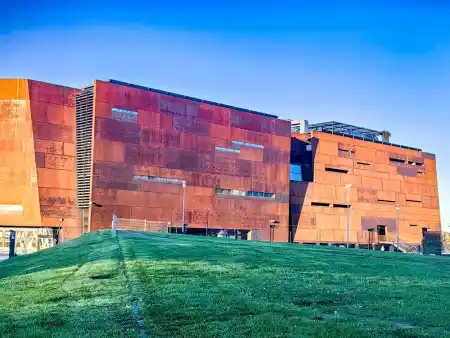
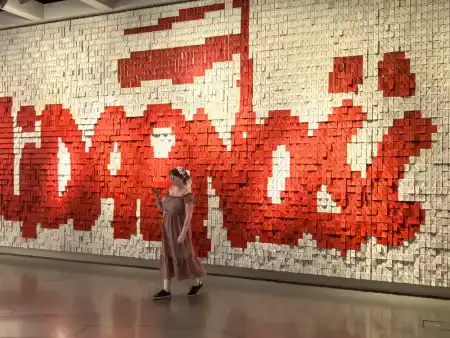
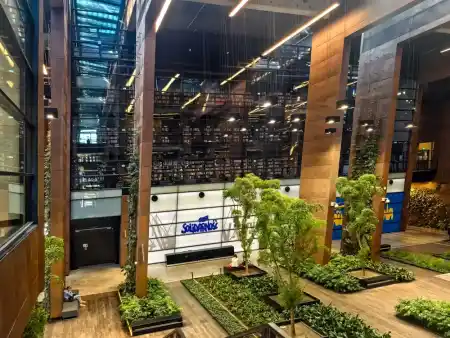
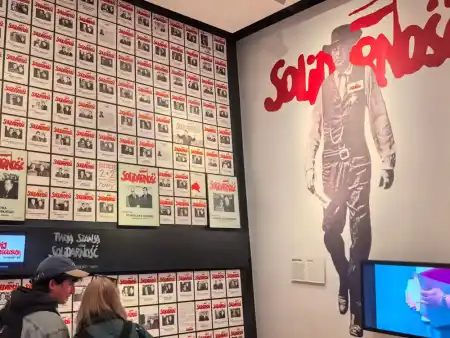
Inside, you don’t feel like you’re in a museum. You feel a movement. An emotion. A restless, brave energy.
The exhibition tells the story of the workers in the Gdańsk shipyards who stood up to the regime.
They wrote their demands on doors. Their words spread through fences. And their power came not from guns, but from solidarity itself.
Lech Wałęsa. Signatures. Megaphones. Protest posters. Tents outside the factory.
Names that no one remembers today, but back then stood at the front of the line.
This is a museum that shows what ordinary people can do when they have courage — and believe that decency is a revolutionary weapon.
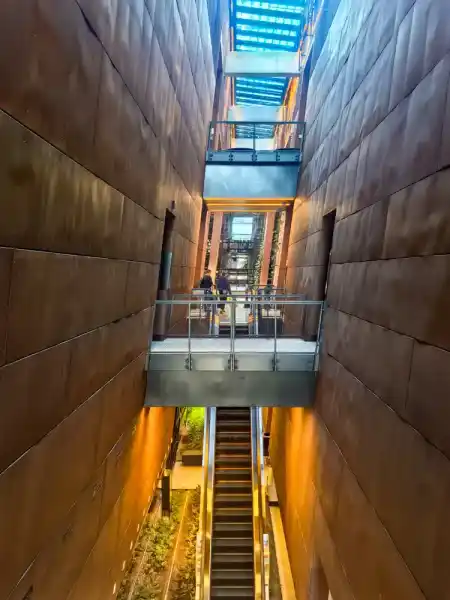
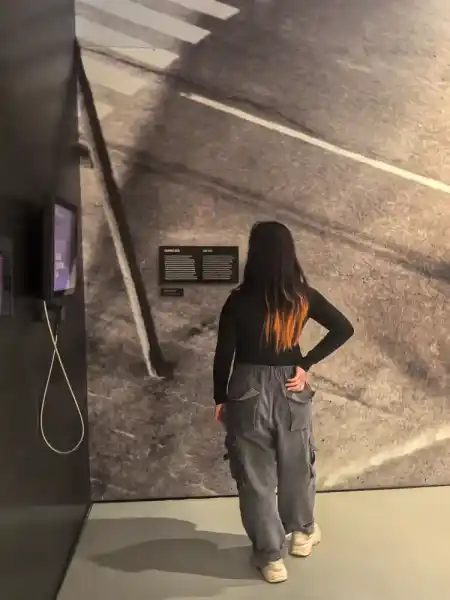
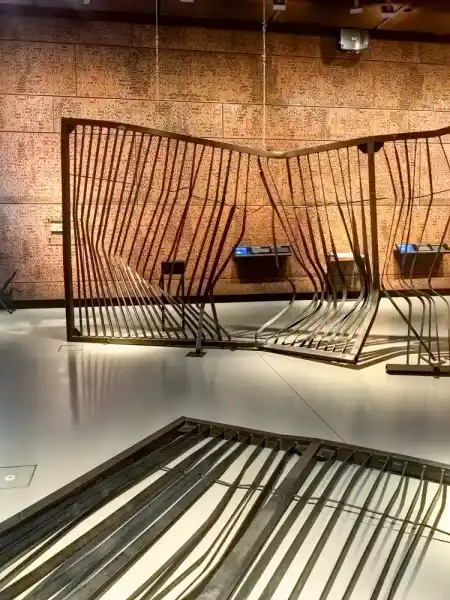
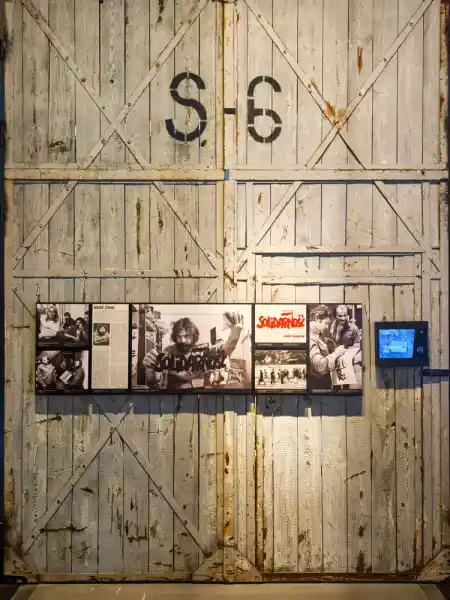
Two Museums in Gdańsk. Two Faces of Europe
Gdańsk may be a small city. But if you make the effort to go from the Museum of the Second World War to the Solidarity Centre in one day, you’ll understand why it matters to look back — and still move forward.
I once heard Lech Wałęsa speak in person. He said:
“You don’t win freedom with just one revolution. You have to keep fighting for democracy — because there will always be someone trying to take it away from you.”
Lech Walesa
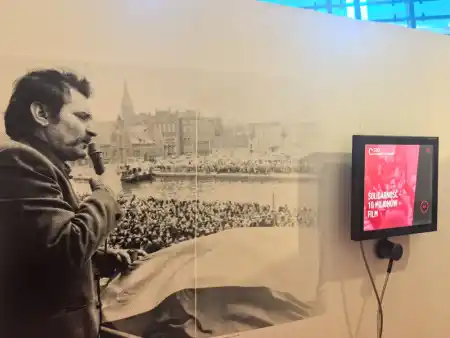
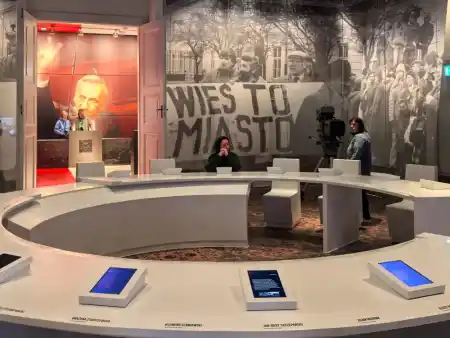

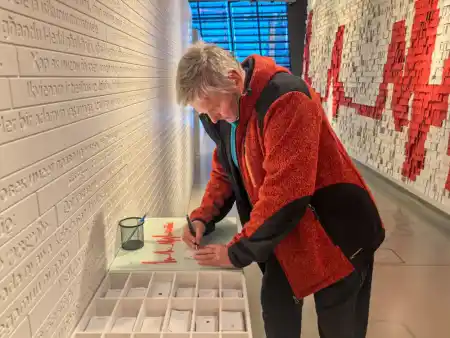
Today, both museums feel alarmingly relevant. As if we’re circling back in time. As if some people today have forgotten that evil never really disappears — it waits.
That’s why I was grateful, later that evening, to wander into 100cznia and read their Ten Commandments of Respect and Openness.
One museum grounds you. The other lifts you up. And somewhere in between is you — with your own memory, character, values, and responsibility. So I also left my own message on the wall of solidarity there.
Practical Tips
- Museum of the Second World War: Plan at least 2–3 hours. Audio guide strongly recommended. This isn’t a casual visit — it’s an emotional deep dive.
- European Solidarity Centre: Modern, interactive, full of light and meaning. Perfect for an afternoon. (And yes, Johny confirms: they serve food inside.)
- The two Museums in Gdańsk are about a 20-minute walk apart — through old shipyard areas and sleek new developments. A scenic walk with a hint of both past and future.
- If you want to follow the arc of history, start with the war. End with Solidarity.
That’s how it happened in real life too: first darkness, then light.

